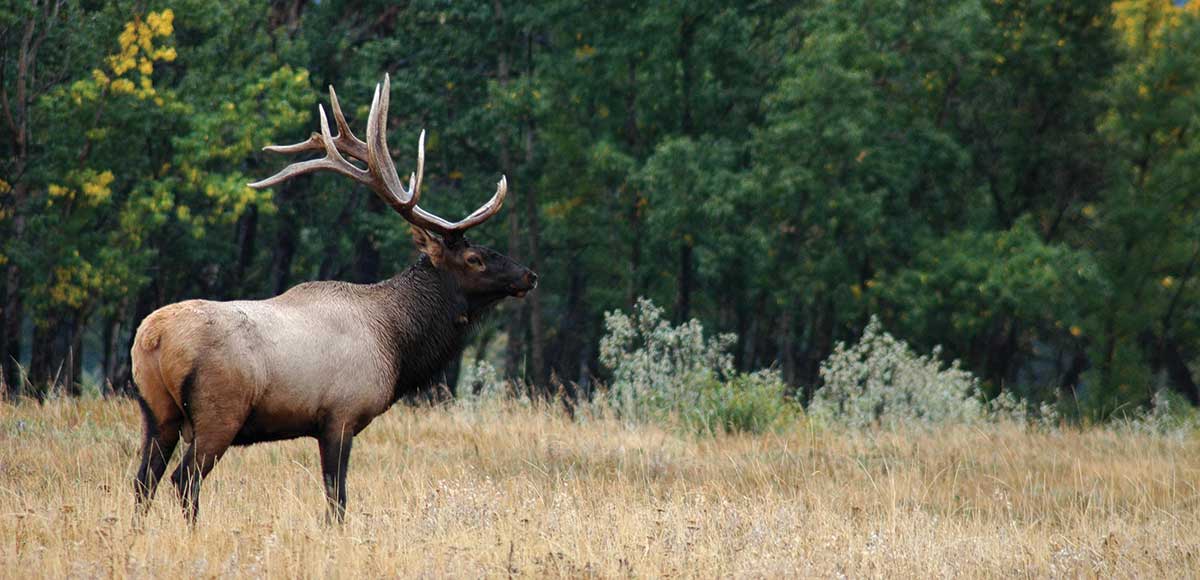White-tailed deer use their rear end like a flagstick on a golf green to alert others of danger. But for elk, their tail tells a different tale. According to biologist Valerius Geist, elk tails have shortened over the millennia as they adapted to colder climates. Originally, the tail had glandular tissue that emitted a very strong odor. Now, the short tail keeps their anus from freezing in extreme temperatures and helps elk retain more heat.
Researchers have observed two tail movements in elk: tail-flicking and tail-flagging. The former describes a one-time movement to either side of the rump. The latter is a more consistent wag from one side to the other. Both occur most often while elk are feeding. Elk also flick or flag their tail to ward off winged pests—and when alarmed but not threatened enough to run. Tail-flagging may simply signal to a predator that the elk is aware of its presence, like a teacher catching your eye as you try to cheat on a test. Other research suggests that tail movements in elk signal agitation, including being annoyed as you stalk ever closer.
